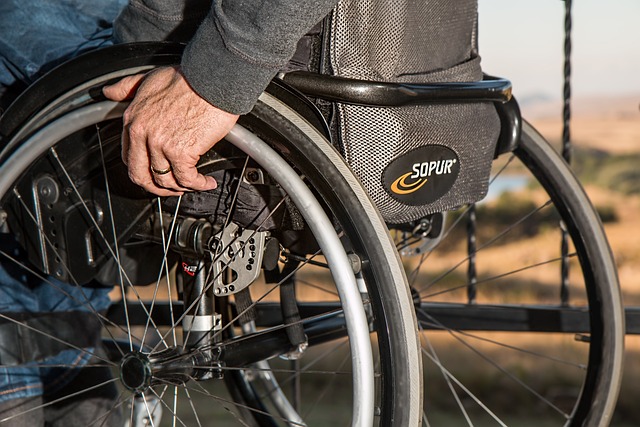Knee Braces: Guidance on Use, Support, and Joint Stability
Knee braces are commonly used devices that can reduce strain, improve alignment, and offer mechanical or proprioceptive relief for people experiencing knee discomfort. They range from simple sleeves to hinged or unloader designs and are used across rehabilitation, sports, and everyday mobility needs. This article outlines how braces work, who might benefit, and practical considerations for long-term use. This article is for informational purposes only and should not be considered medical advice. Please consult a qualified healthcare professional for personalized guidance and treatment.

How do knee braces help with joint pain?
Knee braces can reduce joint pain by changing how forces pass through the knee and by improving the sense of joint position. Compression sleeves increase circulation and help control swelling, which may relieve discomfort. Unloader braces shift load away from damaged cartilage, commonly used in unicompartmental osteoarthritis. Hinged and functional braces limit harmful motion, protecting ligaments after injury. Braces also provide proprioceptive feedback — the sensory input that helps people move more confidently and avoid painful positions. While braces rarely eliminate pain entirely, they can be an effective component in a broader pain-management plan.
What types of support do knee braces provide?
Different brace designs deliver different kinds of support. Sleeve braces provide light compression and warmth for mild symptoms. Strap-style braces target the patella and can help patellofemoral pain. Hinged braces give medial-lateral and front-back stability for ligament injuries or rehabilitation. Unloader braces are used to decrease pressure on a specific compartment of the knee in osteoarthritis. Custom orthoses are molded to an individual and may be recommended when off-the-shelf options are insufficient. Material, fit, and intended activity determine the appropriate level of support, so matching design to need is important for effectiveness and comfort.
When should you consult healthcare professionals?
Healthcare input is important when symptoms are persistent, severe, or associated with mechanical signs such as locking or instability. A clinician can assess whether a brace is appropriate, recommend the correct type, and ensure proper sizing and alignment. Physical therapists can integrate brace use with strengthening, flexibility, and movement retraining to address underlying causes. For suspected ligament tears, fractures, or progressive joint disease, clinicians may order imaging or consider surgical options alongside or instead of bracing. Regular follow-up helps monitor skin integrity, fit changes, and whether the brace is meeting functional goals.
How can knee braces help with aging joints?
As people age, cartilage wear, muscle loss, and balance changes can increase knee symptoms and fall risk. Braces can slow symptom progression by improving alignment, lowering focal load on worn areas, and supporting weakened tissues during activity. For older adults, sleeve or unloader designs may enable walking and daily tasks with less pain, helping maintain activity levels that protect overall health. However, braces should complement exercise programs that address strength and balance; relying solely on a brace without strengthening can limit long-term benefits. Comfort, ease of use, and skin protection are especially important considerations for aging users.
How do knee braces contribute to joint stability?
Joint stability is supported by braces through mechanical restriction of harmful motions and enhanced neuromuscular control. Hinged braces limit excessive valgus/varus movement and hyperextension that stress ligaments, while functional braces offload tissues during return-to-sport phases. Braces also enhance proprioception, which can improve muscle coordination around the knee and reduce episodes of giving way. For people recovering from ligament injuries, combining a brace with progressive rehabilitation allows safer loading and activity. Proper fitting and gradual progression in activity are essential to avoid overreliance and to ensure the brace augments rather than substitutes muscle function.
Conclusion
Knee braces are versatile tools that can provide support, reduce joint pain, and contribute to joint stability across a range of situations from injury recovery to managing symptoms related to aging. Choosing the right brace depends on the underlying condition, activity level, and individual anatomy; professional assessment and fitting improve outcomes. Braces are most effective when used alongside rehabilitation strategies such as strengthening, flexibility work, and activity modification. Regular reassessment ensures that the brace continues to meet needs and that it is used safely as part of a broader healthcare plan.




